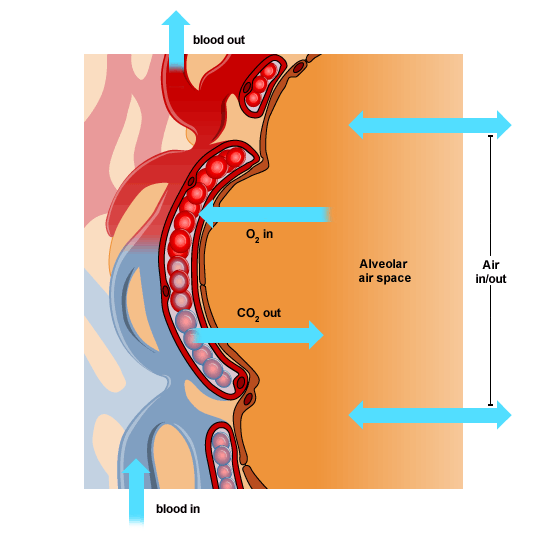

However, here we will concentrate on how failure to take anatomic dead space into account can lead to significant hypoventilation and, potentially, hypoxia. Your manually administered breath must include enough volume to cover this equipment dead space to ensure that you give an adequate tidal volume.Īll 3 types of dead space impact how well a patient ventilates. Equipment Dead SpaceĮquipment dead space includes the mask, the part of the endotracheal tube outside the patient’s mouth, even the elbow on the endotracheal tube connecting it to the ventilation bag. Physiologic dead space can change as lung perfusion changes. In physiologic dead space, alveoli are ventilated but not perfused. Decreased cardiac output or lung perfusion increases dead space and makes ventilation less efficient. Unlike anatomic dead space, which is fixed, physiologic dead space can change from minute to minute with changes in cardiac output and pulmonary blood flow. Physiologic dead space, consists of alveoli that are ventilated but lack capillary blood flow to pick up oxygen and drop off carbon dioxide. It’s called anatomic because it’s fixed by anatomy and doesn’t change. Since it is not perfused, oxygen can’t be absorbed and carbon dioxide cannot be eliminated- that air here is wasted breath. It consists of conducting airways such as the trachea, bronchi, and bronchioles -structures that don’t have alveoli. Types of Dead Space Anatomic Dead SpaceĪnatomic dead space consists of the fixed parts of the respiratory tract that are ventilated but not perfused. There are three types of dead space: anatomic, physiologic, and the dead space belonging to any airway equipment being used to assist ventilation. What Is Dead Space?ĭead space is the portion of the respiratory system where tidal volume doesn’t participate in gas exchange. This article discusses the concept of dead space and it’s clinical use in recognizing hypoventilation and preventing hypoxia and hypercarbia. Having a tidal volume close to, or smaller than the patient’s dead space can lead to significant hypercarbia, hypoxia, and respiratory failure. A more subtle sign is that tidal volume becomes shallower. The most obvious sign is slowing of the rate of breathing. Hypoventilation from sedation, pain medications, anesthesia in the immediate postoperative period is common. Understanding anatomic dead space is important to recognizing subtle hypoventilation.


 0 kommentar(er)
0 kommentar(er)
